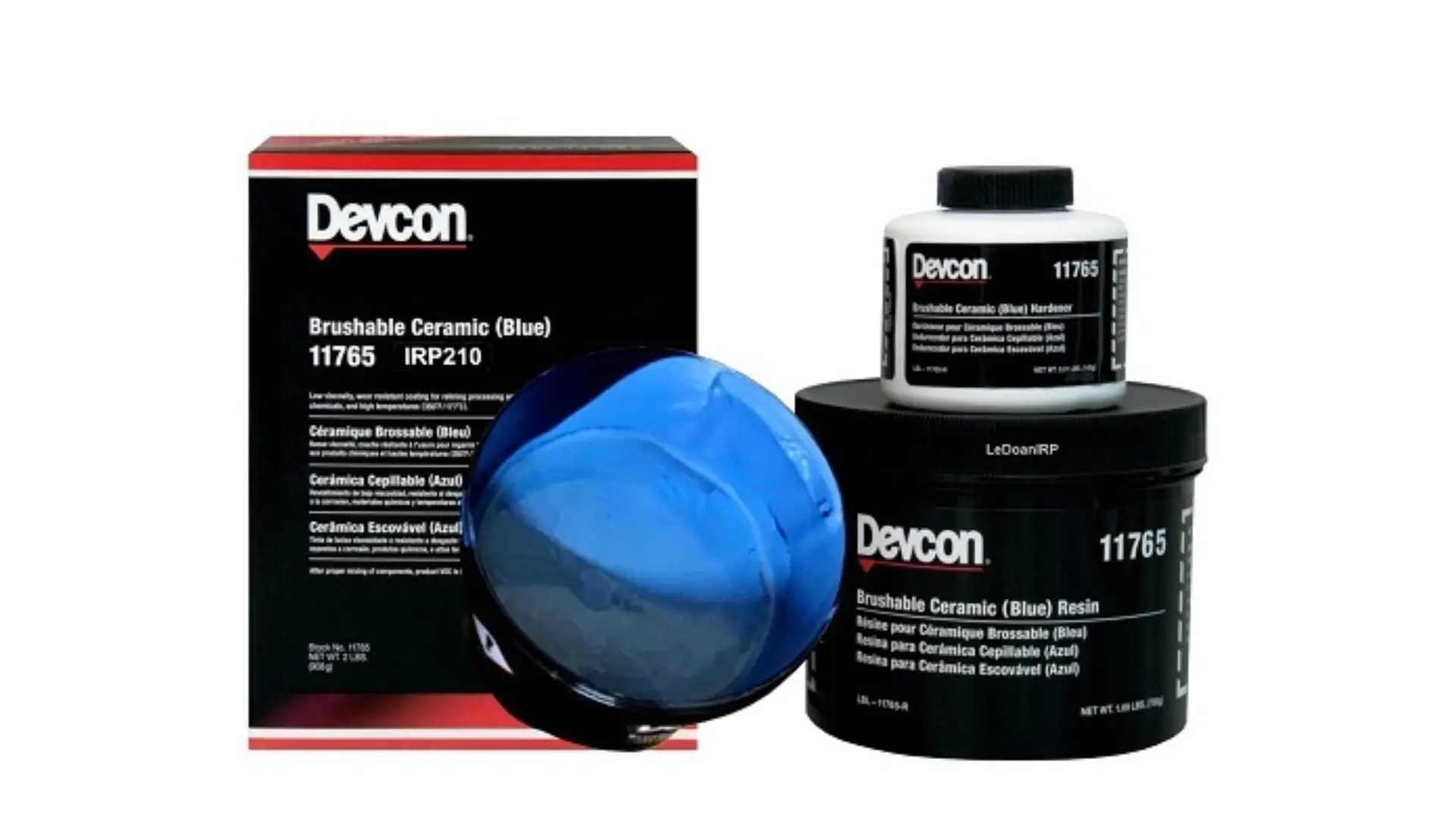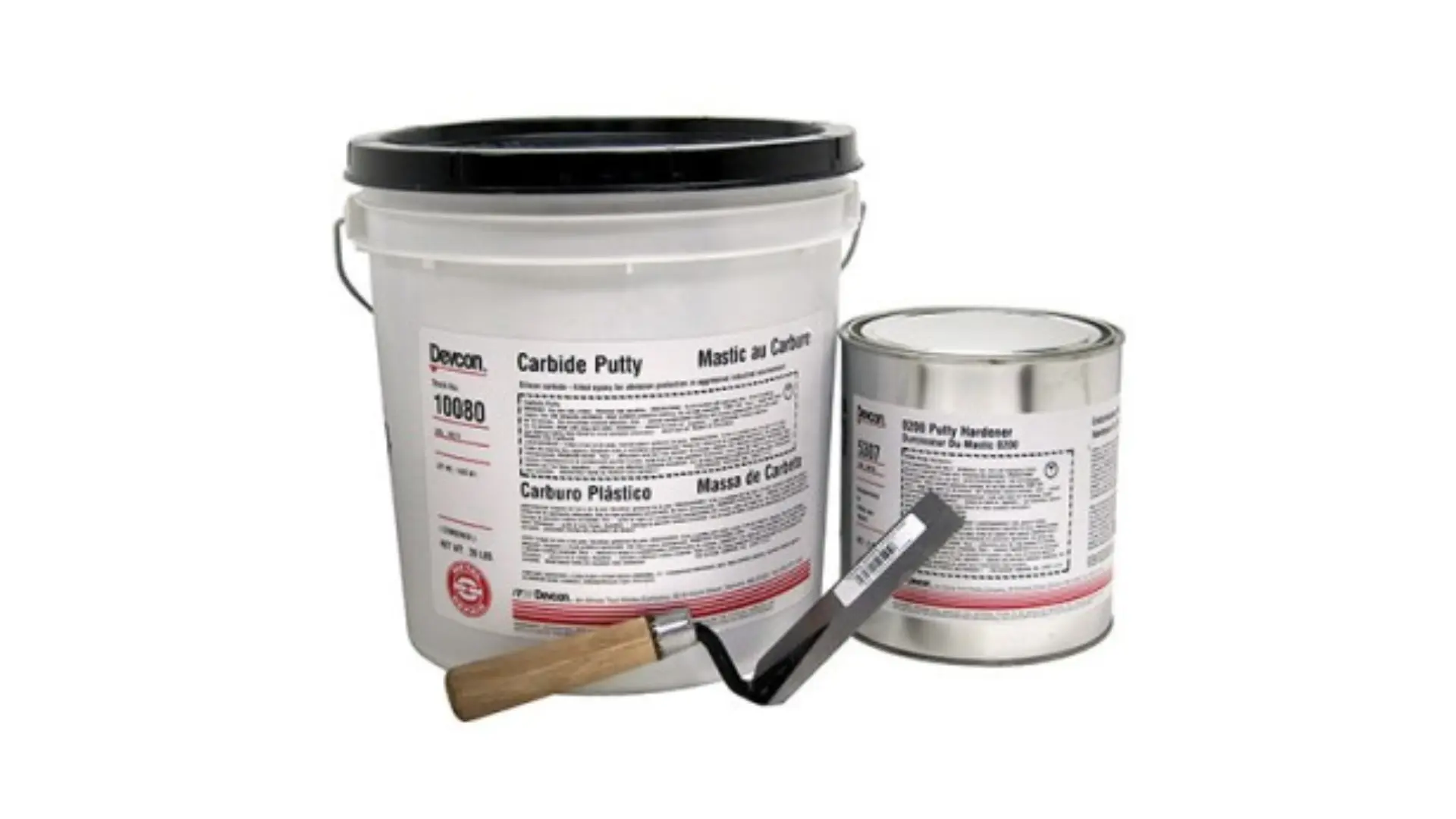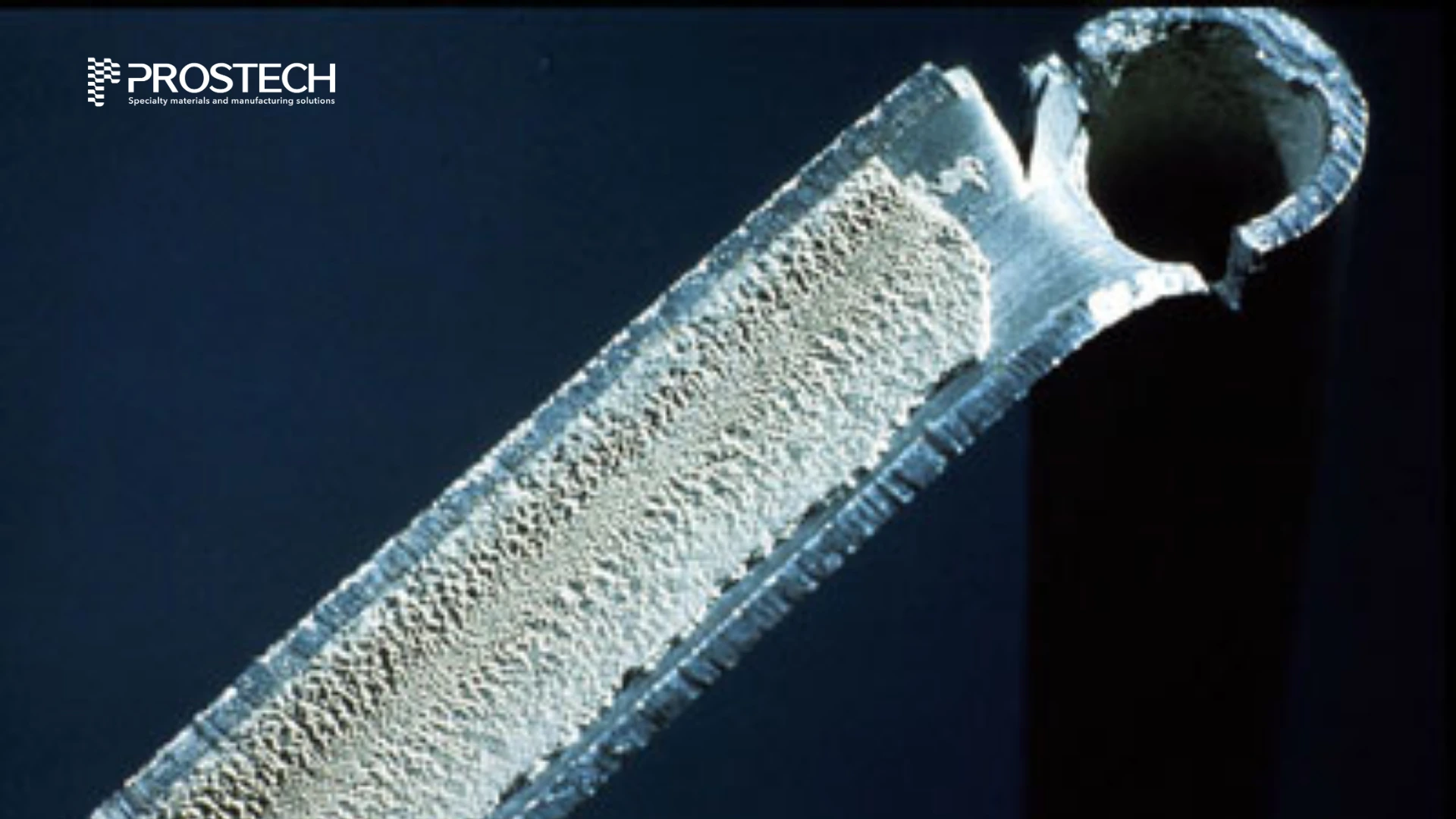Abrasion doesn’t just damage equipment — it eats into your bottom line. The financial impact of equipment wear is often underestimated because it doesn’t show up all at once. But over time, abrasion-related damage can result in significant direct and indirect costs. Worn components also reduce energy efficiency — for example, eroded pump surfaces require more power to operate — and pose safety risks that may lead to regulatory fines or accidents. Understanding what equipment abrasion is, what causes it, and how to prevent it can help you maintain productivity and reduce downtime.
What Is Equipment Abrasion?
Equipment abrasion refers to the physical wearing down of materials due to repeated contact with other surfaces, typically through friction or impact. It’s a form of mechanical wear that leads to the degradation of surfaces, parts, and protective coatings.


Abrasion is especially common in industries where equipment handles heavy loads, raw materials, or processes involving constant motion — such as mining, manufacturing, construction, and logistics.
Types of Abrasion
Abrasion can occur in several forms, including:
- Sliding Abrasion: When two surfaces slide against each other, material is worn away from one or both surfaces. This is typical in conveyor belts or chutes.
- Rolling Abrasion: Caused by the repeated rolling of hard particles over a surface, common in crushing or grinding equipment.
- Impact Abrasion: Occurs when particles strike a surface at high velocity, leading to chipping or cracking.
- Erosive Abrasion: Caused by a flow of abrasive particles (like sand or slurry) over a surface, gradually wearing it down.
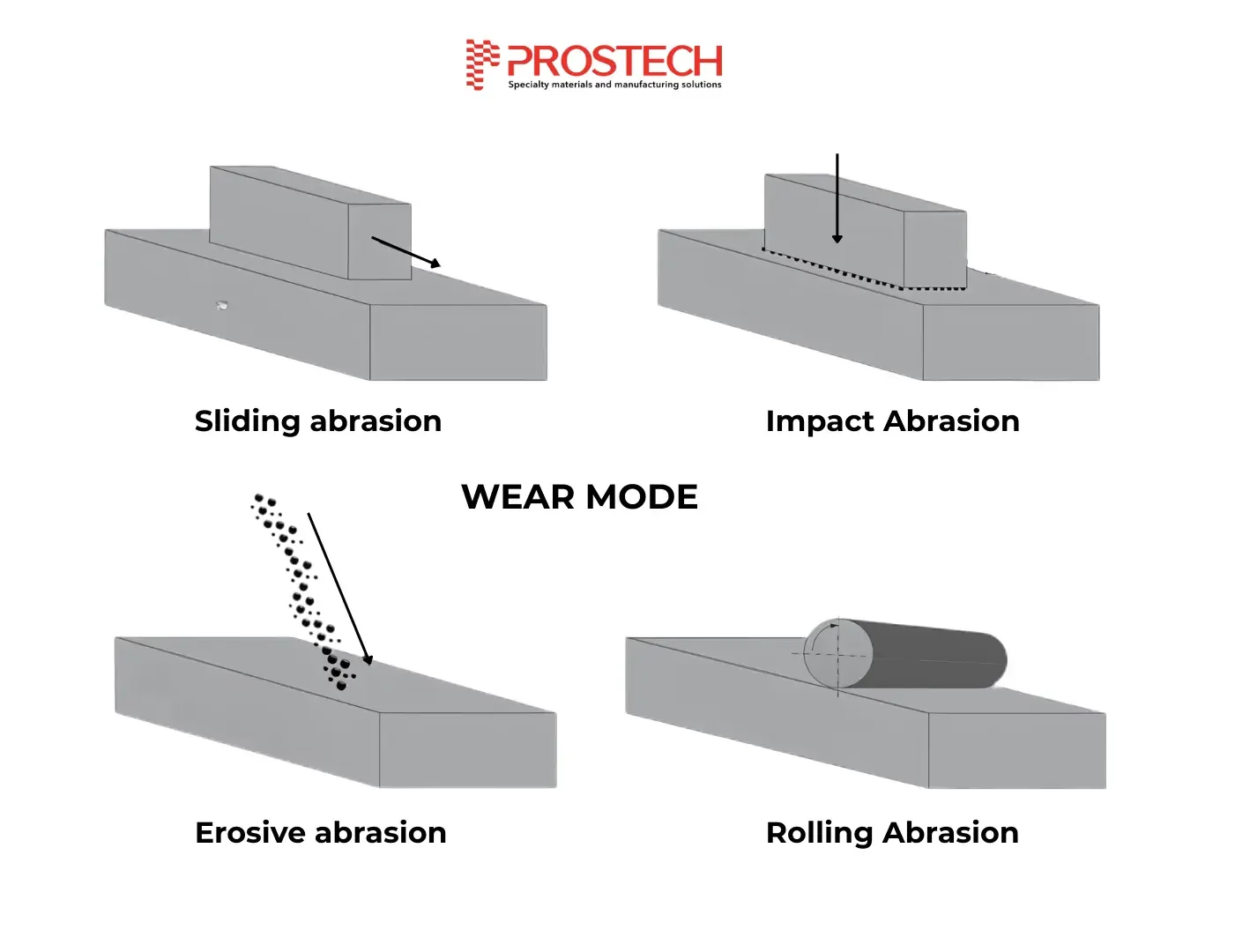

What Causes Equipment Abrasion?
Several factors contribute to equipment abrasion, including:
- Contact with abrasive materials such as sand, gravel, ores, or other hard particles
- High-speed operations that generate friction and heat
- Poor lubrication, which increases metal-to-metal contact
- Environmental exposure to dust, chemicals, or moisture
- Inadequate surface protection or use of low-quality materials
- Design flaws, such as sharp corners or improper alignment of parts
When these factors combine, they can accelerate surface degradation and compromise the functionality of critical equipment components.
How to Prevent Equipment Wear & Abrasion
While choosing harder or abrasion-resistant base materials or investing in component design optimization can be effective ways to reduce wear, these approaches are not always feasible. Materials like AR steel, ceramics, or hardened alloys often come with a higher upfront cost, and can be difficult to machine, weld, or fabricate. Similarly, redesigning equipment to minimize wear zones may require custom engineering, added lead time, or even downtime for retrofitting. In such cases, a more flexible and cost-effective alternative is to use specialized coating compounds that reinforce existing equipment surfaces and infrastructure.
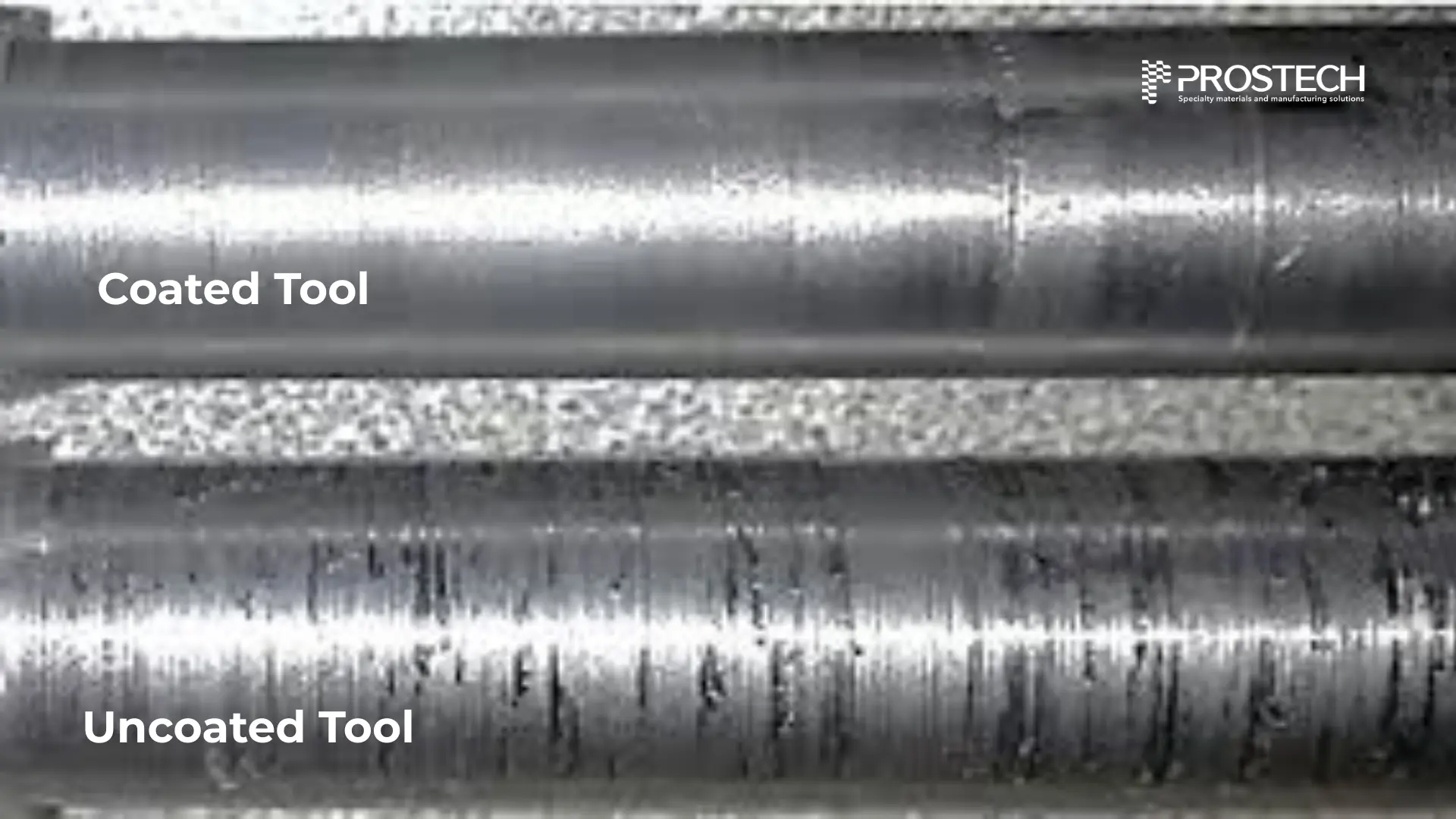

Abrasion-Resistant Wearing Compounds
Wearing compounds are protective coatings designed to extend the life of equipment exposed to high wear. These epoxy- or ceramic-based materials can be applied directly to surfaces like pump casings, hoppers, pipes, and chutes.
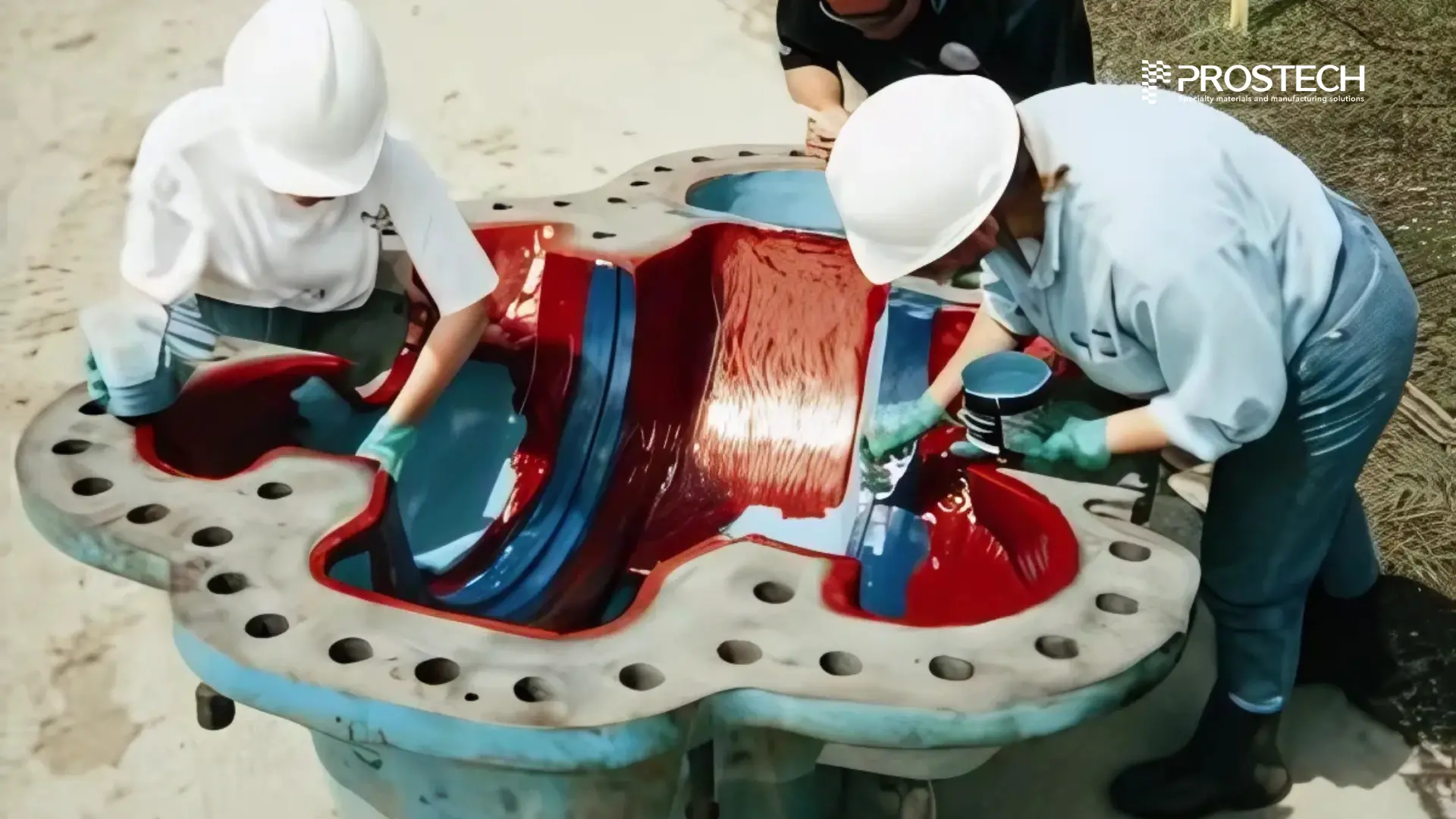

Benefits include:
- High resistance to sliding and impact abrasion
- Protection from chemical exposure
- Easy application for in-situ repairs
- Cost-effective alternative to full equipment replacement
These compounds form a dense, durable layer that absorbs the impact of abrasive particles, shielding the substrate from direct wear.
High-Strength Flooring Products
In heavy-duty industrial settings, even flooring is subject to abrasion — especially from forklifts, pallets, or heavy loads. High-strength flooring systems, such as polyurethane or epoxy-based coatings, are engineered to resist abrasion, chemicals, and thermal shocks.
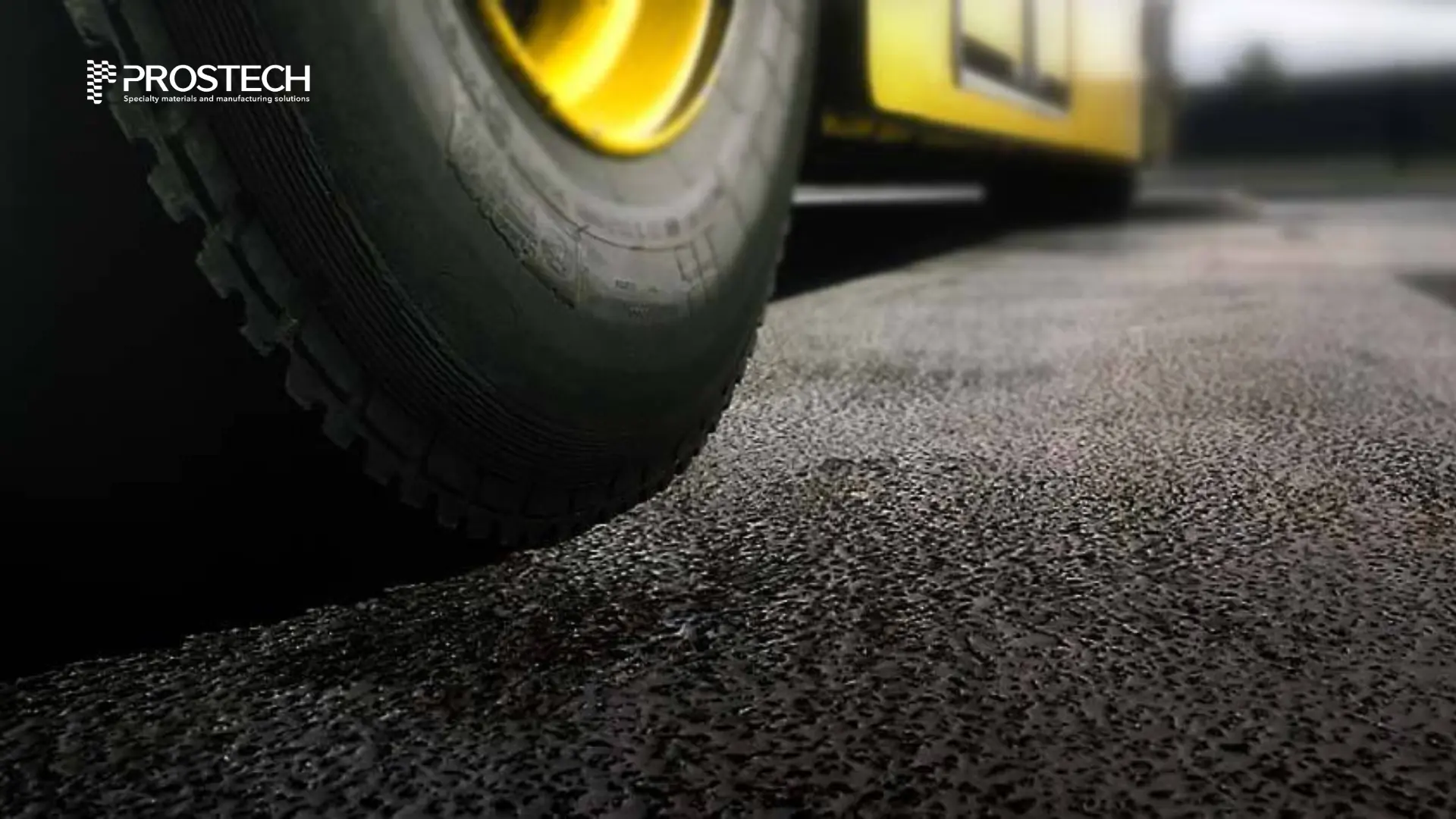

Advantages of abrasion-resistant flooring:
- Enhanced durability under continuous mechanical stress
- Reduced dust generation and easier cleaning
- Improved safety with anti-slip finishes
- Extended lifecycle of factory and warehouse floors
Using these solutions as part of a proactive maintenance strategy helps reduce repair costs and production disruptions.
Featured Products
| Devcon® Brushable Ceramic Blue is a low-viscosity, alumina-filled epoxy compound designed to provide a smooth, protective barrier against wear, abrasion, corrosion, erosion, and chemical attack. |
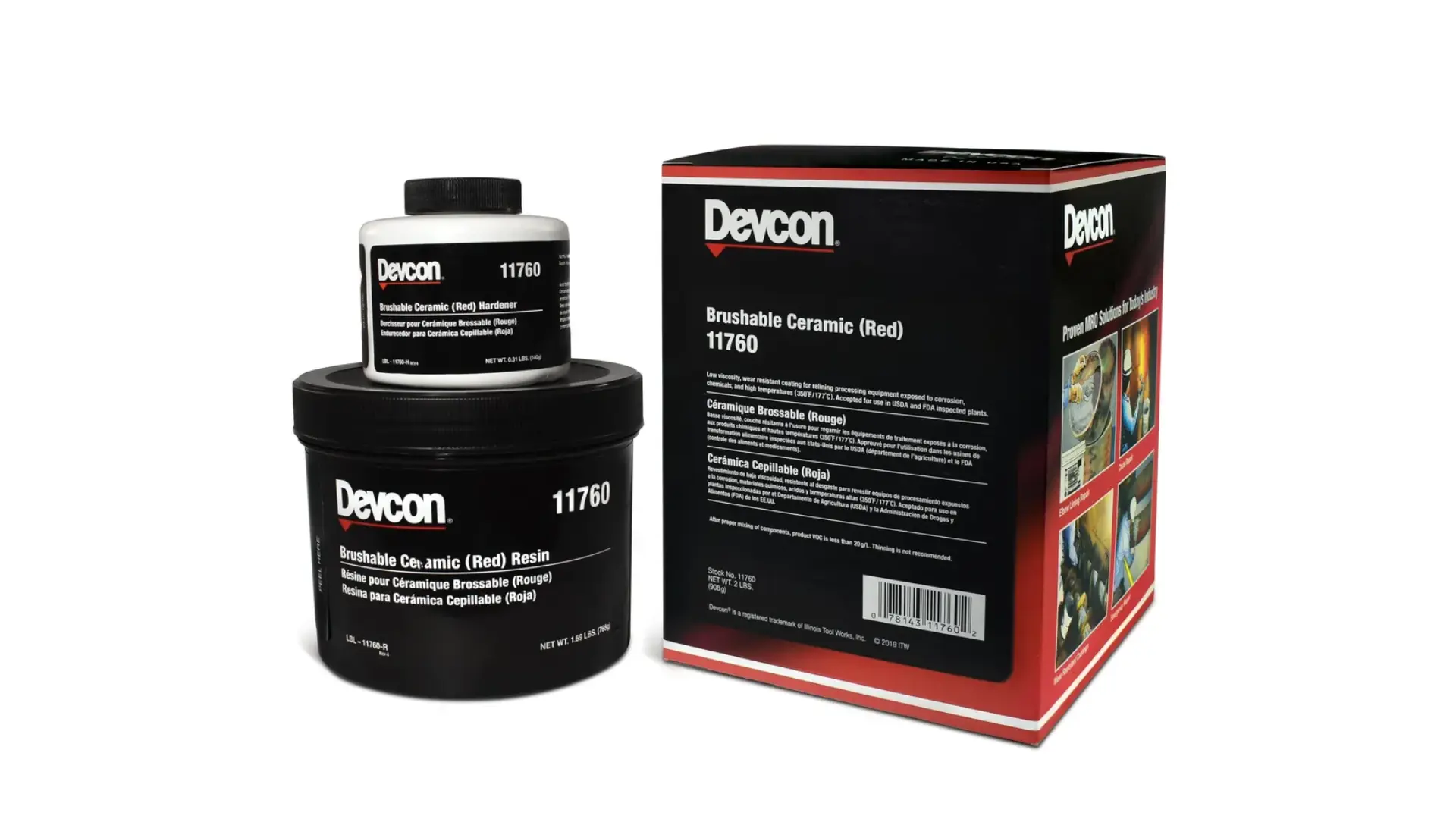  | Devcon® Brushable Ceramic Red is a low-viscosity, alumina-filled epoxy compound designed to create a smooth protective barrier against wear, abrasion, corrosion, erosion, and chemical attack. |
| Devcon® Carbide Putty is a silicon carbide-filled epoxy putty designed to provide economical protection against wear and abrasion. It is ideal for applications that involve handling particulate less than 1/16″ (1.6mm). |
Want to explore the best abrasion-resistant solutions for your facility? Get in touch with our technical team for tailored recommendations.
Prostech understands the technical issues related to wear & abrasion in industrial equipment. We offer comprehensive solutions, including consulting, abrasion-resistant compounds, and automated application equipment. We have a global warehousing network to assist customers with logistics procedures. Positioned as a comprehensive supplier, Prostech is constantly striving to become a trusted partner for manufacturers around the world. Contact us by leaving your information below:



